Gardens
10 Best Shade-Loving Plants | Gardening Advice
These ten shade-loving plants are great for sprucing up even the darkest corners of your garden with foliage and flowers.
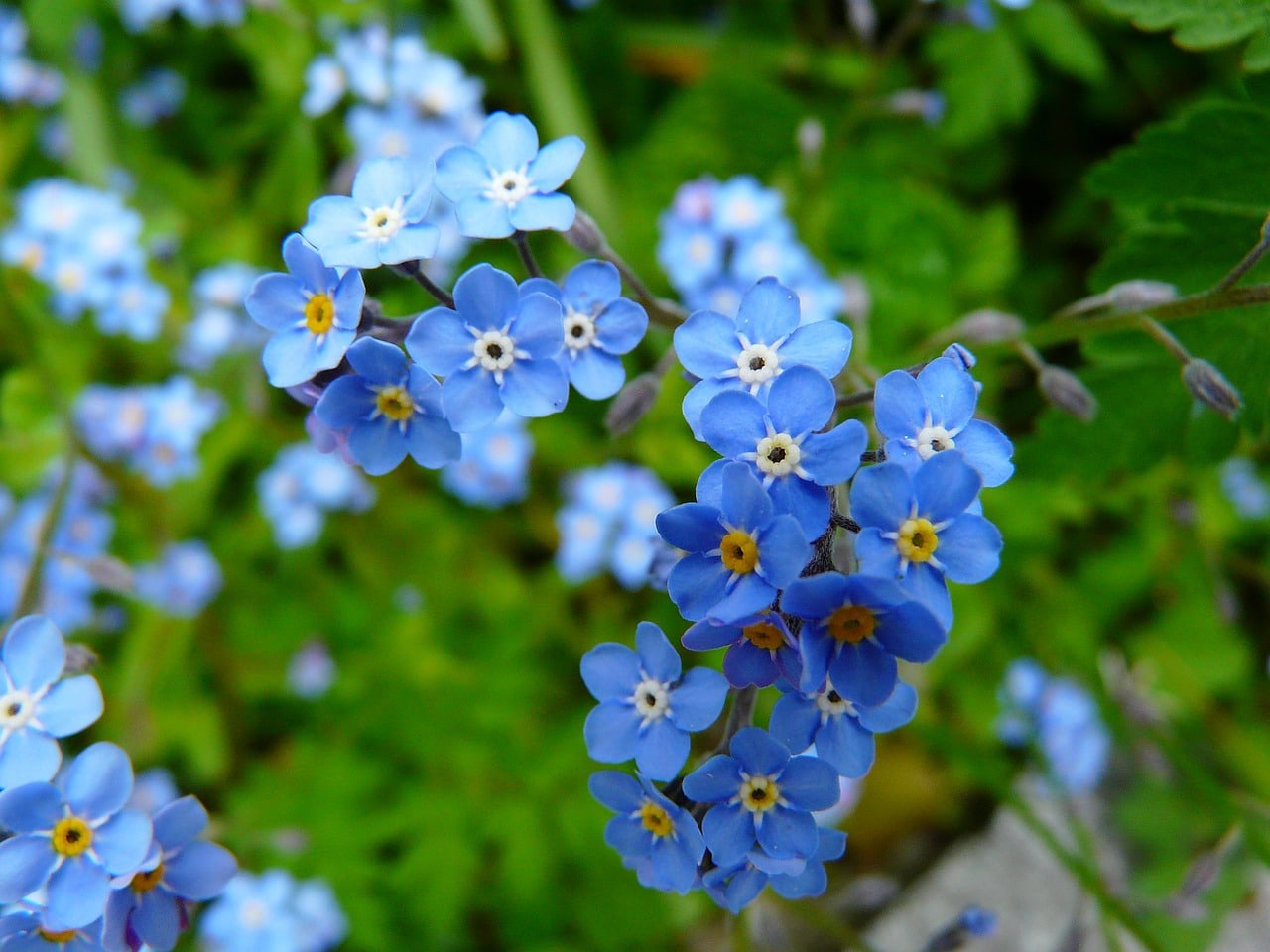
Coffee By Design | Portland, Maine
Photo Credit : Katherine Keenan10 Best Shade-Loving Plants
Ferns
Native and zone hardy ferns lend a natural appeal to shade garden and woodland areas. Ferns are naturally very disease and pest resistant and require very little care. There are many varieties to choose from such as the Maiden hair fern which is light and wispy to the Cinnamon fern with a rusty brown hue.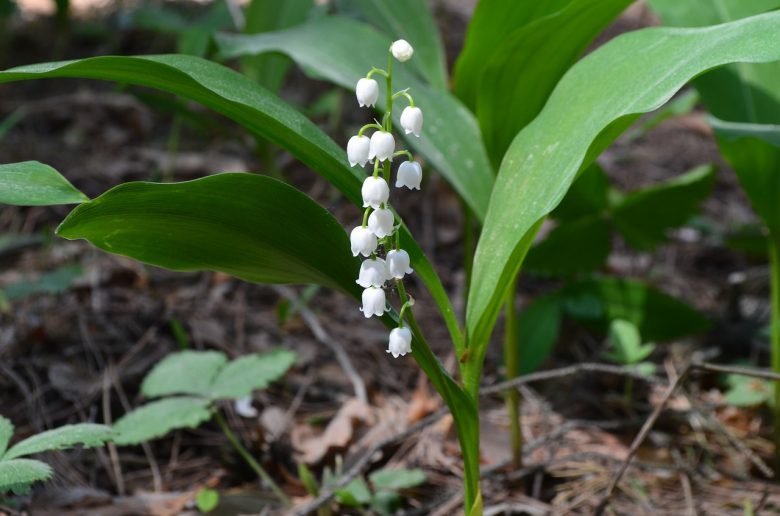
Photo Credit : Pixabay
Lily of the Valley
Although these shade-loving plants only flower for a few weeks early in the season, they are well worth the effort. The small, fragrant, white, bell-shaped flowers are dainty and a seasonal delight.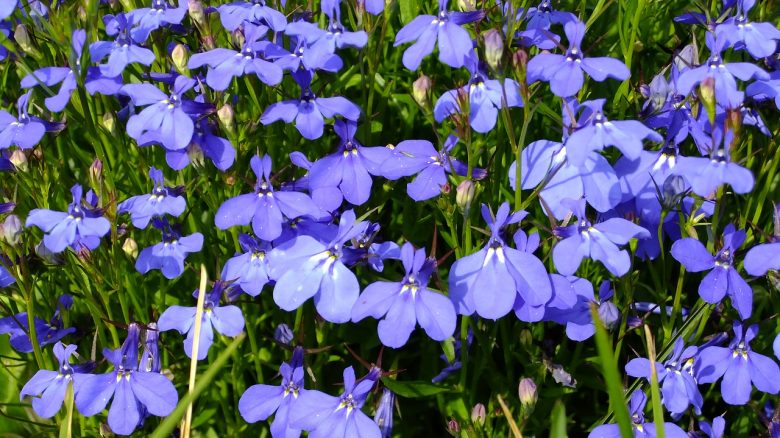
Photo Credit : Pixabay
Lobelia
The trailing version of this shade-happy annual produces small, dense, deep blue flowers that bloom throughout the summer add a pop of rich color to darker areas.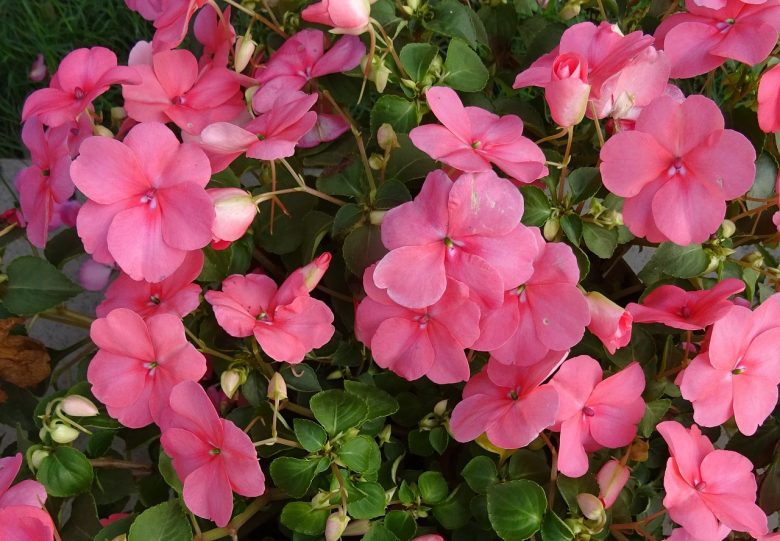
Photo Credit : Pixabay
Impatiens
A colorful annual accent to shade gardens, these flowering plants can be found in red, white, and pink.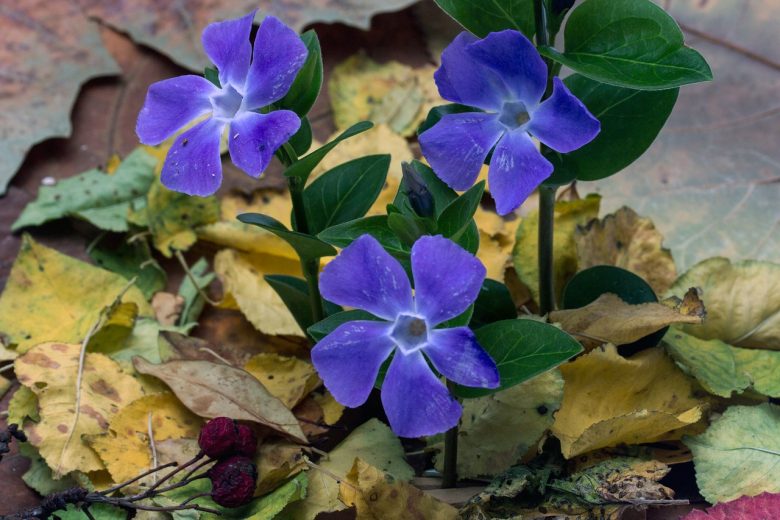
Photo Credit : Pixabay
Creeping Myrtle
An evergreen groundcover, this plant produces small green leaves that resemble ivy with little blue flowers. Fast growing and hardy, it thrives in almost all soil types.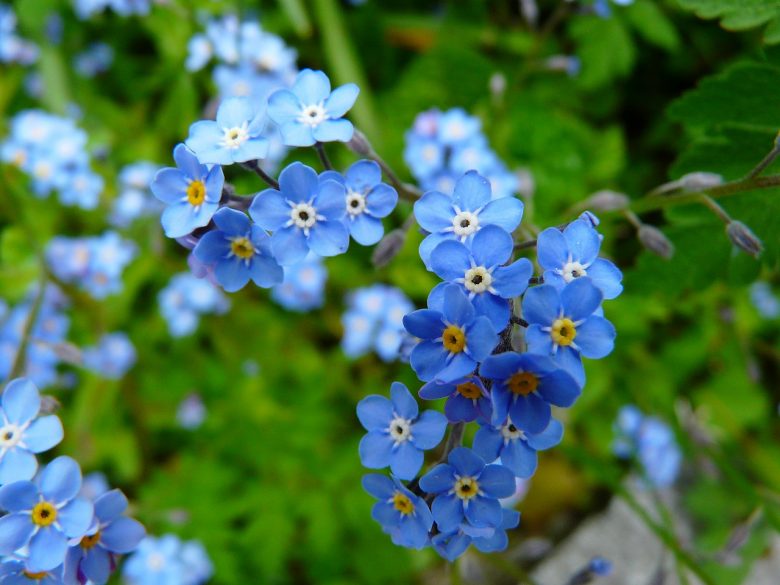
Photo Credit : Pixabay
Forget-Me-Not
A low growing annual plant that also sports beautiful tiny blue flowers and thrives in damp conditions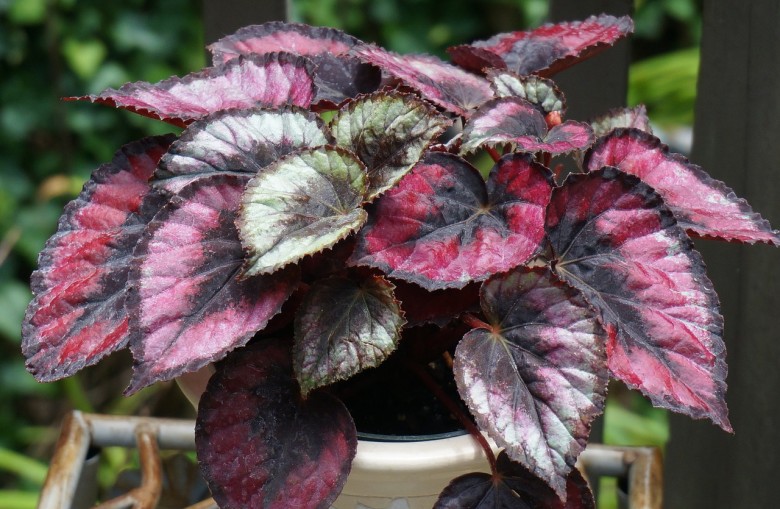
Photo Credit : Pixabay
Begonia
Begonias have beautiful foliage. An annual with heavy, crinkly, textured leaves in dark maroon and green hues and periodic flowers, they are right at home in any shady area.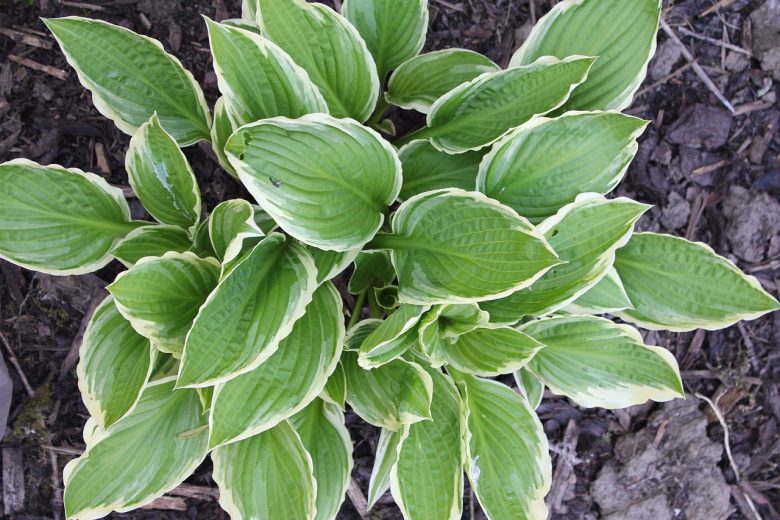
Photo Credit : Pixabay
Hosta
Hosta plants consist of healthy green leaves that grow close together in bunches with shoots that flower in white bell shapes. These traditional shade-loving plants come in a variety of sizes and hues — including variegated species.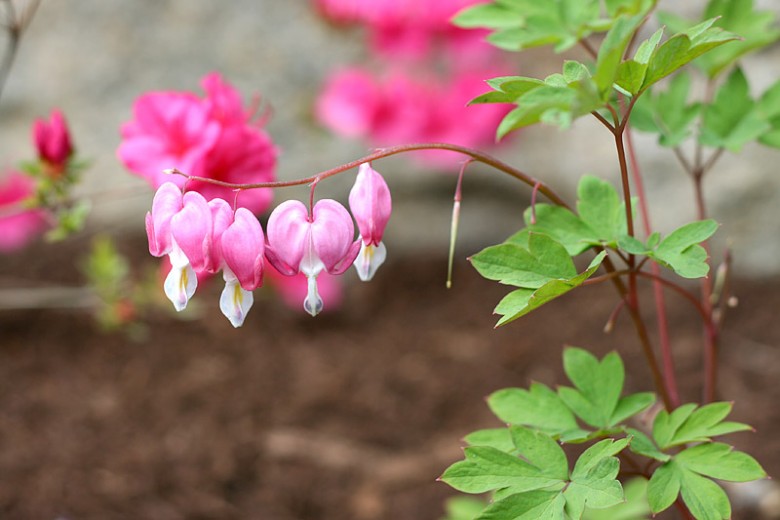
Photo Credit : Brenda Darroch
Bleeding Hearts
A Victorian favorite — delicate, beautiful, and romantic — bleeding hearts hang from vine-like leaves. The heart colors come in shades of light pink, white, and fuchsia.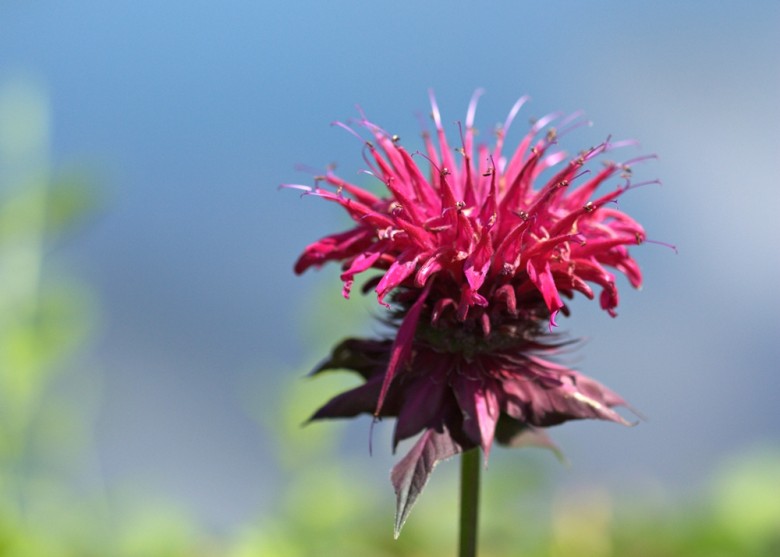
Photo Credit : Chris Burnett





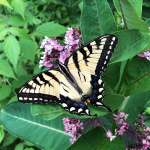
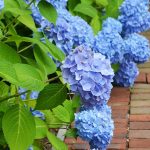

Forget me nots are actually a prohibited plant in Massachusetts. They are invasive.
I have a collection of coral bells varieties clustered around a shaded birdbath. The foliage colors range from nearly black to a fluorescent yellow, interesting even without the cream or blue or pink flowers.
Lily of the valley can be toxic if consumed and spreads like crazy. So does creeping myrtle, or vinca minor. Don’t put them any place where they can’t be contained or you will be pulling them out of other parts of the garden for years.
japanese grass hakonechloa is a beautiful cascading ornamental grass that lights up dark corners of a shade garden with a beautiful chartreuse color. I loves the New England climate.
Is lily of the valley toxic for dogs? I have 2 little dogs and I worry about them eating these plants